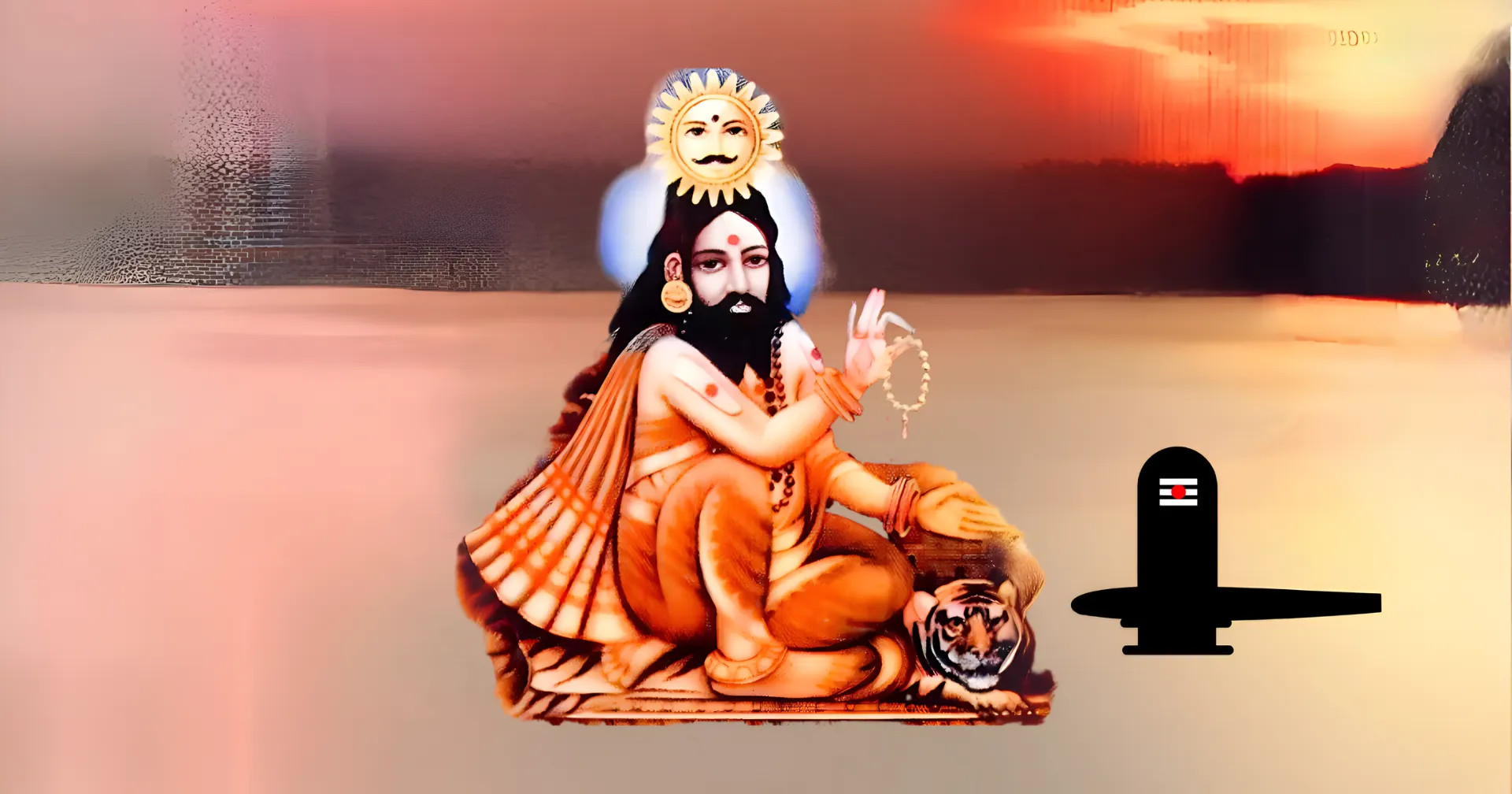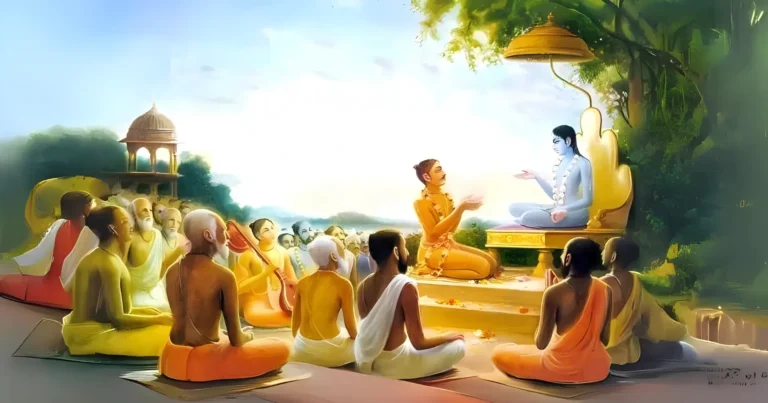Please Like the Blog and Use the Share Button Below for Maximum Reach
Table of Contents
Yajnavalkya and his Exposition on Varna Ashrama Dharma
The Yajnavalkya Smriti consists of 3 Adhyayas, or chapters, which contain 1010 shlokas.
They deal respectively with-
- Achara (आचारा Conduct),
- Vyavahara (व्यवहारा Civil Law),
- Prayashchitta (प्रायश्चिता Penances).
The first Adhyaya expounds the duties of the Castes and Ashramas (आश्रम), including foods appropriate foods, gifts, offerings, certain rites. Specifically, the Duties of a King (Kshatriya) finds elaborate explanation in this scripture.
In the second, it describes the civil law, procedure and punishment for crimes. In the third, there is a description of purifications, followed by an explanation of duties in time of distress, and those of a forest-dweller and an ascetic, and some physiological details;
Then follows a disquisition on the universal and the individual Soul, the paths of liberation and of bondage, yoga, the siddhis, and transmigration, together with a number of penances.
Contributions of Vyasa
Next in succession to the Smriti come the Puranani, the Puranas and the Itihasah, the history, are sometimes said to form Panchamo Vedah, the Fifth Veda.
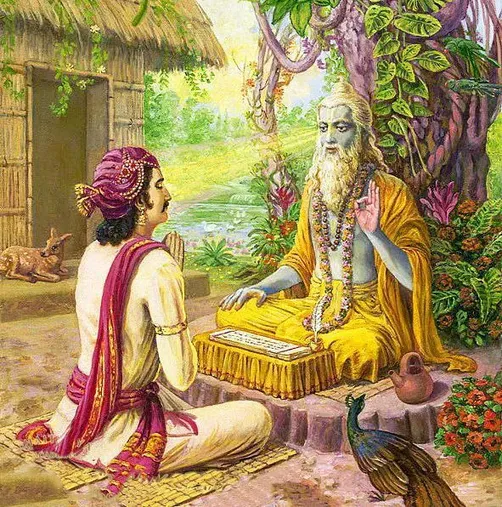
In the Vishnu Bhagavatha occurs the phrase: “Vyasa” having recovered the four Vedas, namely the Rig, Yajur, Sama, and Atharva, completed the Itihasah and Puranas, and called them the fifth Veda.”So also is it written: “Always, in each Dvapara age, Vishnu, in the form of Vyasa, reveals the Puranas, as is fitting, for the sake of Dharma.
Madhava says that “Like the six Angas the Puranas, etc intend to give a knowledge of the Vedas, and are therefore become worthy objects of study.
“So also Yajnavalkya:” The Vedas, along with the Puranas, the Nyayas, the Mimansas, the Dharmashastras, and the Angas, are the fourteen sources of knowledge and Dharma.
The student should expound the Vedas with (the help of) the Itihasah and Puranas.
List of 18 Puranas
The Eighteen Puranas are chief of the scriptures, and there are another eighteen, styled Upa-Puranas, or lesser Puranas.

The 18 Mukhya, or Great, Puranas are:
- Brahma (ब्रह्म)
- Padma (पद्म)
- Vishnu (विष्णु)
- Shiva (शिव)
- Bhagavata (भागवत)
- Narada (नारद)
- Markandeya (मार्कण्डेय)
- Agni (अग्नि)
- Bhavishya (भविष्य)
- Brahmavaivarta (ब्रह्मवैवर्त)
- Linga (लिंग)
- Varaha (वराह)
- Skanda (स्कंद)
- Vamana (वामन)
- Kurma (कूर्म)
- Matsya (मत्स्य)
- Suparna (सुपर्ण) a.k.a Garuda (गरुड)
- Brahmananda (ब्रह्मानंद).
List of 18 Upa-Puranas
The 18 Upa-Puranas are:
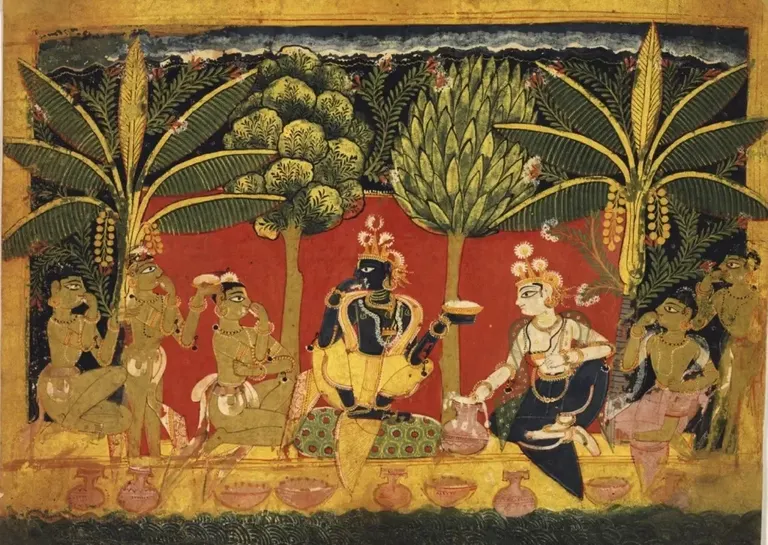
- Sanatkumara (सनतकुमार)
- Narasimha (नरसिंह)
- Brihannaradiya (बृहन्नारदीय)
- Shivarahasya (शिवरहस्य)
- Durvasas (दुर्वास)
- Kapila (कपिला)
- Vamana (वामन) (in addition to the Purana thus named)
- Bhargava (भार्गव)
- Varuna (वरुण)
- Kalika (कलिका)
- Samba (सांबा)
- Nandi (नंदि)
- Surya (सूर्या)
- Parashara (पराशर)
- Vashishta (वशिष्ट)
- Devi Bhagavata (देवी भागवत)
- Ganesha (गणेश)
- Hamsa (हंसा)
Vishnu Bhagavath and Devi Purana
There has arisen a dispute as to which of the two, the Vishnu Bhagavata or the Devi Bhagavata, is the Purana and which the Upa-Purana, and the point remains undecided.
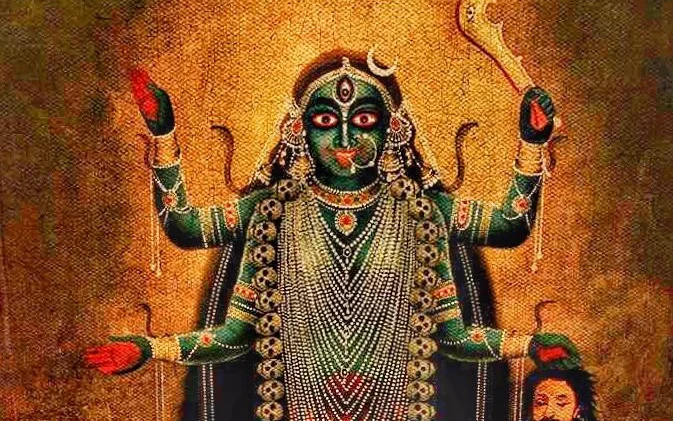
But, it is certain that both are equally valuable and instructive.
The Devi Bhagavata is specially fitted for those inclined to metaphysics and science, while the Vishnu Bhagavata is most acceptable to the devotional temperament.
Test your Alignment with the Spiritual Subject Matter (only 7-8 Questions)
The scores generated in this Quiz are relative. There are no right or wrong answers. A percentage towards 100 indicates that you are more aligned to the overall subject matter.
Overview of the Puranas
The Puranas contain the history of remote times, when the conditions of existence were quite different from those which prevail in our days. They also describe regions of the universe not visible to the ordinary physical eye. Hence, it is unfair to regard the conceptions of the Puranas as being of the same nature as those of modern Science.
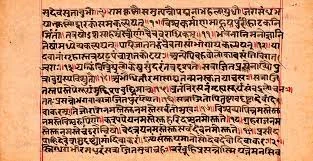
When Yoga-siddhis develop, the Pauranika pictures of the universe and its past history become infinitely more correct than those arrived at by the modern scientific use of our physical organs of perception. However, modern research also includes use of scientific apparatus.
In the Vishnu Purana, The 5 Definite Characteristics of a Purana find mention.
All Puranas must follow the structure or cover these 5 topics. In brief they are: Creation, Secondary Creation Genealogy, Manvantaras and History. Vyasa is the compiler of the Puranas from age to age, as we have seen, and for this age he is Krishna Dvaipayana (द्वैपायन), the son of Parashara (पराशर).
The other part of the Fifth Veda is the Itihasah, the two great epics, the Ramayana and the Mahabharata. These are so well known scriptures as they describe and present Vedic characters who set ideals for modern man to follow and gain inspiration.
Please Like the Blog and Use the Share Button Below for Maximum Reach
You display your love by reading this valuable material. So kindly read and consider financially supporting us to keep our efforts going with renewed vigor! Supporters in India can donate via Razorpay while those abroad can use PayPal!

